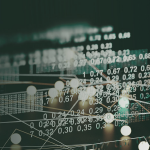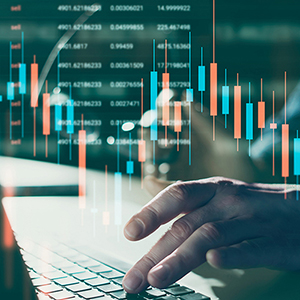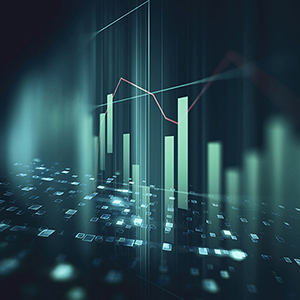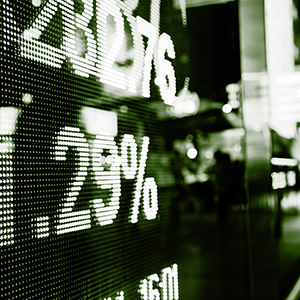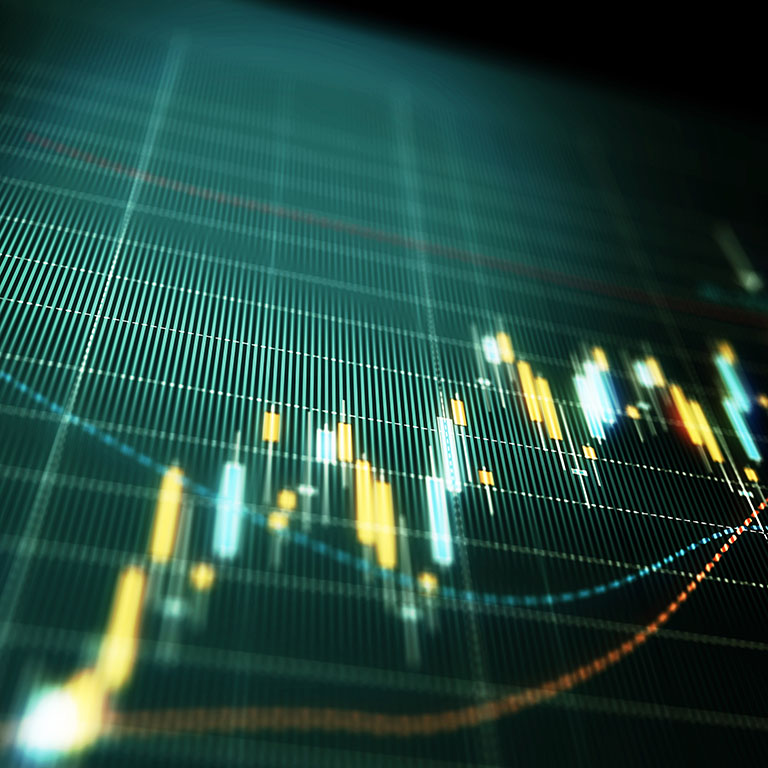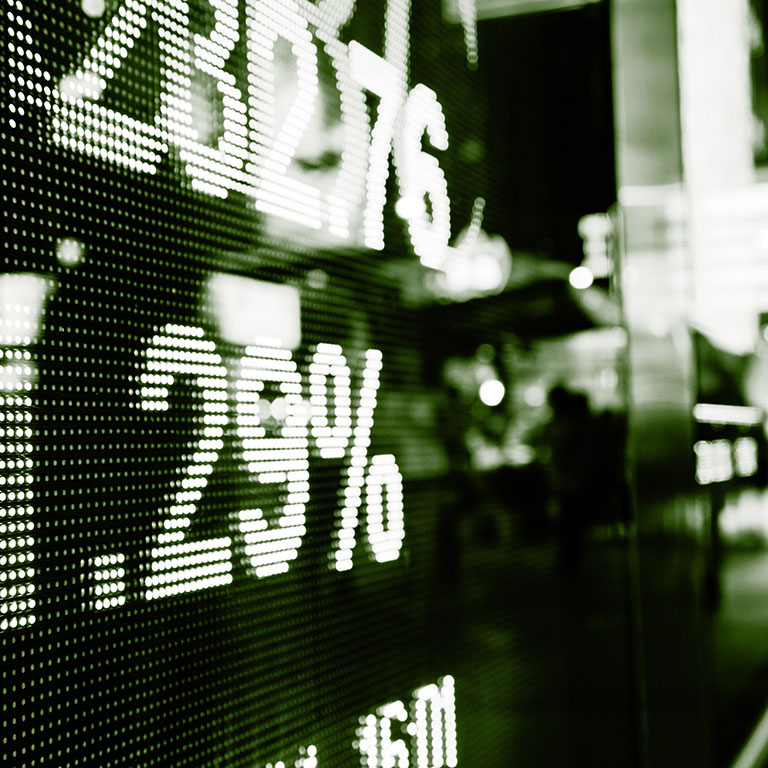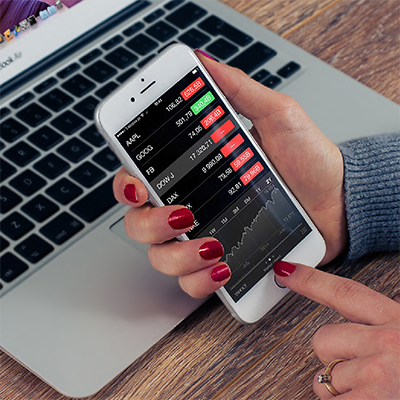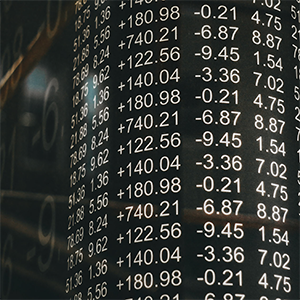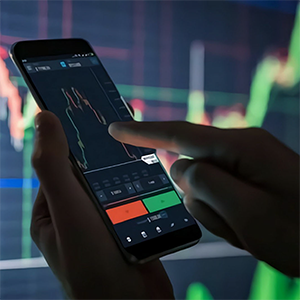- The Bank
- People
- All Services
- Private Banking
- Savings and Investment
- GoBulling Platforms
- Institutional and Corporate
- Insights
- Login My.BancoCarregosa
- Contacts
Enter your Username to gain access to your Bank. Complete your authentication on the next screen.
If you are not yet a client, open your account here or contact us for more information
ETFs
More than 7,000 ETFs available. Health, technology, commodities, environment, stock indices... Countless investment opportunities.
Replica
of indexes
An Exchange Traded Fund (ETF) is an exchange-traded fund that replicates the performance of an index.
Allocation
Diversified
They are a convenient tool for investors who want to build a portfolio with a diversified asset allocation.
Quotes at all times
all the time
Quickly and easily tradable on the stock exchange, they allow you to monitor quotes on an ongoing basis.
"For an easier understanding of Options, we can generalize by saying that an option can be seen as an insurance policy. The put option can be compared to a car insurance, as it allows you to recover a predetermined value for the asset, even if it has depreciated a lot. A call option is similar to a down payment when buying a property, as it guarantees a fixed price and preference in the purchase."
João Queiroz,
Head of Trading
TOP traded ETFs
# | ETF março 2024 | ISIN |
Market Contextualization
By March 2024, the weight of the US stock market should currently represent a massive 45% of the world's total market capitalization, surpassing the accumulated markets of India, China, Australia, Switzerland, Germany, Canada, the United Kingdom, France and Japan. It also represents almost 65% and approximately 70% of the MSCI ACWI and MSCI World indices, respectively. NVidia stands out, whose market capitalization now exceeds the accumulated GDP of 11 countries, taking the lead over APPLE and TESLA, which underperformed the S&P500 and NASDAQ100, alternating leadership and the preferences of investors and traders, standing out in technology-related ETFs.
The S&P500 accumulated +3.1% in March, its 5th consecutive month of gains and +25% in the 5 months to date, placing it in the 98th percentile since 1936. The "S&P500 Equal Weight" generated +4.25% in March, suggesting a lower concentration and greater dispersion of gains. In the 3rd month of the year, Gold gained +9%; WTI Crude +6.27% and the EuroStoxx50 +4.22%.
In the 1st quarter of this year, the PSI lost -1.81% while the EuroStoxx50 rose +12.43%, IBEX35 +9.63%; DAX40 +10.39%; S&P500 +10.16%; NASDAQ100 +8.89% CSI300 +4.8%; Hang-Seng -2.97%; and NIKKEI +18.94%.
The best performers among the national listed companies were Mota-Engil +21.59%; CTT +18.34%; Navigator +14.15%; BCP +13.92%; NOS +13.31%; SEMAPA +11.19%; Corticeira +7.55% and Ibersol +1.2%.The worst performers were EDP Renováveis -32.28%; EDP -20.75; Jerónimo Martins -20.23%; REN -5.38% and SONAE -2.71%.
In the EUROSTOXX600, 15 of its 20 sectors accumulated gains in three months, with Automobiles & Components +15.36%; Banking +12.59%; Technology +12.58%; Media +11.68%; Insurance +10.96%; Retail +10.82% and Industry +10.76% standing out.The losses were led by Basic Resources -5.93%;Utilities -5.4%;Real Estate-3.46%; Consumer Discretionary -2.26%.Uncertainty over the first interest rate cuts marked this pattern of investor allocation.
The Artificial Intelligence theme continued to dominate investment decisions, very evident in ETFs such as MAGS "Roundhill Magnificent Seven", FANGS "Global X Fang+", and SOXX "iShares Semiconductor", which ended the 1st quarter with gains of +17%; +14.7% and +17.7%, respectively, correlated with the accumulated returns of the stars NVidia with +82.4%; Super Micro Computer +255% or Applied Materials +22%. Allocations to "Value" themes underperformed those to "Growth" and the "diversification" strategy has not yet been as profitable as risk concentration.
Global macroeconomic developments continue to have a different response from the major economic blocs, with Europe maintaining signs of stagnation and recession in the industrial dimension, promoting the likelihood of the ECB leading the interest rate cut next June, while the apparent robustness of the US economy and employment continues to postpone expectations of the start of the interest rate cut cycle by the FED, while the Bank of Japan recorded its first interest rate increase in over a decade in March. China seems to be showing the first hopeful signs of its economy continuing to digest the colossal challenge of itsreal estateand regional debts.
With Greenvolt's announcement on March 26, the presentation of results for 2023 came to an end, with 8 companies that managed to increase Sales & Revenues and 10 that obtained positive EBITDA operating results standing out. They stand out for their higher YoY revenue growth: Greenvolt +59.1%; BCP +23.1%; Mota-Engil +22%; and Jerónimo Martins +20.6%.
Looking ahead, considering that the scenario of "persistent inflation" in the US continues, as crude oil prices renew their highs of the year and of last October, with Ukraine's attacks on Russian refineries being more effective than the OPEC+ cartel's production cuts, and the overbought nature of some sectors and companies, the next few weeks could be challenging for the good gains accumulated by the main indices as investors prepare for another start to the presentation of results now reported for the first quarter of this year 2024.
Chain of options
It allows to have relevant information in a framework for immediate visualization and negotiation.
Chain of options
It allows to have relevant information in a framework for immediate visualization and negotiation.
Option strategy
This tool allows you to combine orders and define strategies.
Option strategy
This tool allows you to combine orders and define strategies.
Saxo Bank partnership
Banco Carregosa is the oldest international partner of Saxo Bank.
With over 20 years experience in electronic trading of financial instruments through an advanced, globally awarded platform.
How to access GoBulling Pro
GoBulling Pro
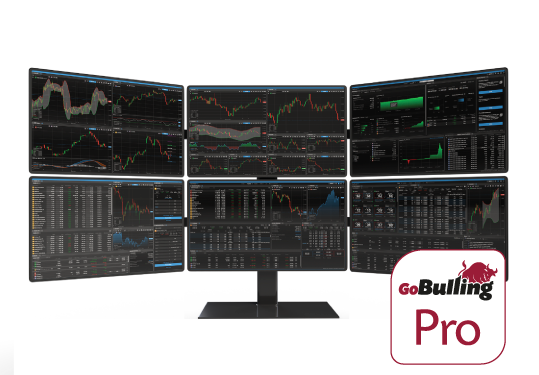
GoBulling Pro features multi-screen support;;
Advanced trading tools, enhanced order and position management windows;
Innovative margin and reporting tools.
Download the GoBulling Pro Demo/Real platform
GoBulling Pro Go
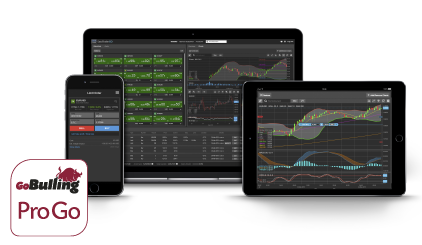
GoBulling Pro Go features a wide variety of instruments combined with an easy and intuitive feature;
Trade through the App or a browser;
Use our charting tool, based on the latest technology.
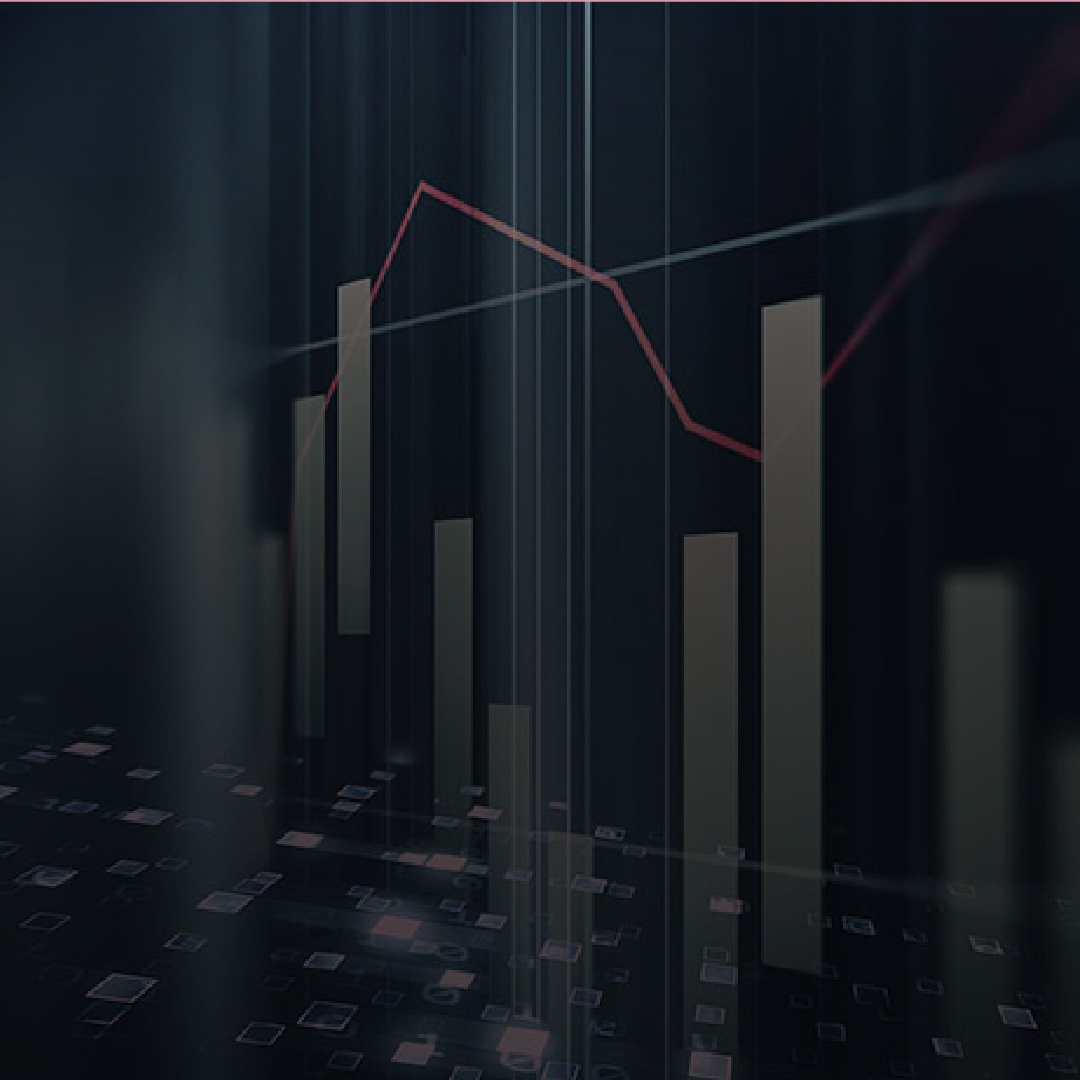
GoBulling Pro Online Webinar
ETFs
Watch the recording of the GoBulling Pro webinar on ETFs!
See our Markets of Excellence Service
Focused on ETFs

Manual and Demo Video
Learn more about how to reach the full potential of GoBulling through our video and Handbook!






